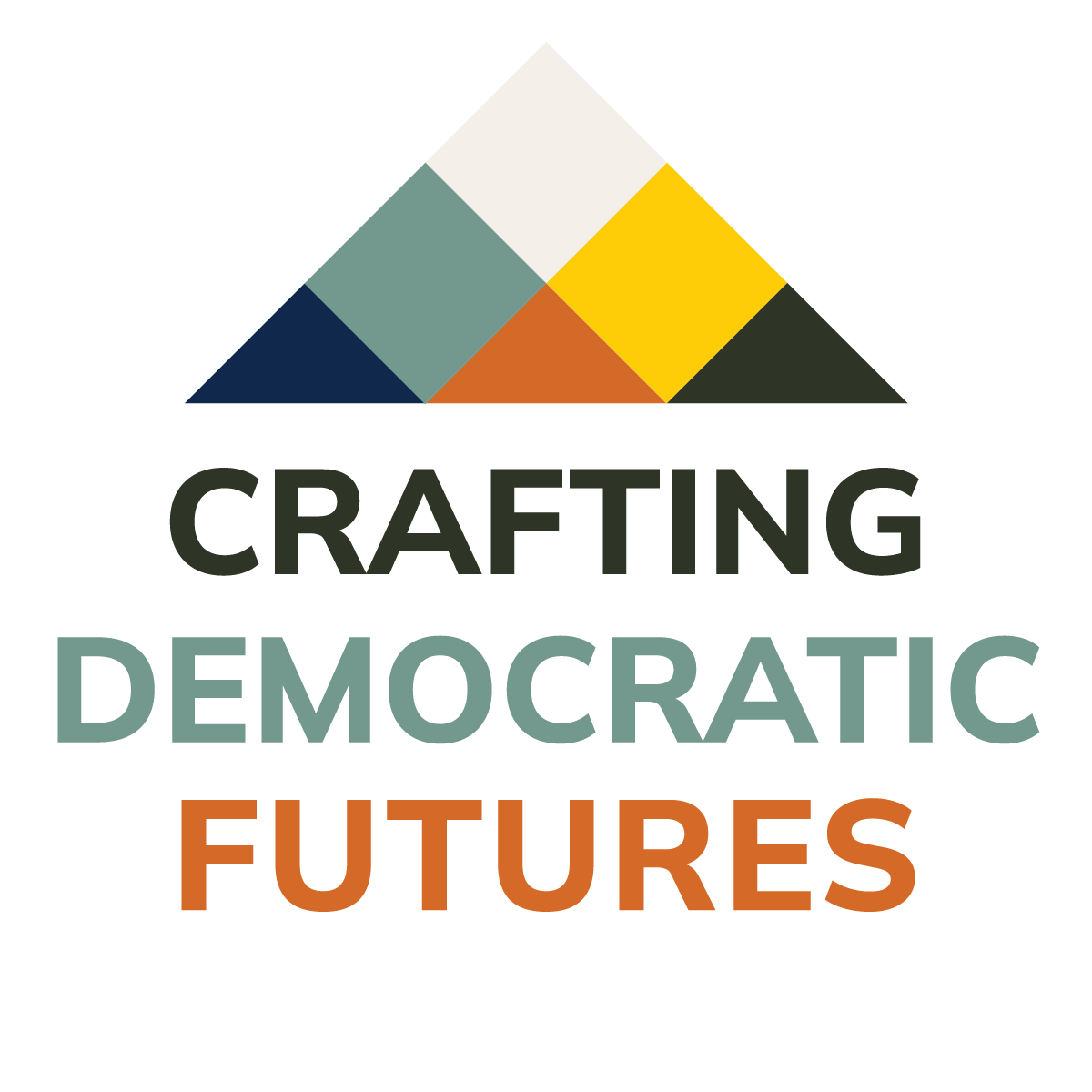
Project Description
For centuries, Black and White Americans, as well as other indigenous groups, have been living in the shadow of our country’s problematic history of slavery, racial segregation, and inequity. In an effort to educate and prepare our children, each generation passes along this burdensome tale of oppression, violence, and social inequality. Our collective narrative or story highlights the social positioning of both the oppressor and the oppressed, the overt and implicit biases that thread our culture and systems, and other subtexts of subjugation and white supremacy. The story inevitably stirs feelings of guilt, confusion, shame, and anger, leaving all individuals to grapple with this legacy from their relative perspectives. Despite our intentions, the retelling and maintenance of this narrative has become the veritable noose around all of our necks as we struggle to move beyond the paradigm of white supremacy and racialized identities to reframe our collective experiences as Americans.
Although we cannot rewrite history, nor should we intend to, this present work posits that exploration and sharing of racial narratives may be central to individual and collective efforts to heal from racism and write the next chapter of our collective history. As clinical psychologists and academicians, we have spent our careers investigating human behaviors, social relationships, identity, and ways to improve the human condition. As an African American woman, Nakia also has the lived experience of being a victim of institutional and individual racism as well as two decades of educational, clinical, and research experience focused on helping children and families from disenfranchised communities. Jefferson has been on his own journey to understand and reflect on his own culture and history while impacting positive change at Connecticut College and in the New London community. As the first director of the College’s Holleran Center for Community Action and Public Policy, and through his more recent work as Dean of the College, he has spent over 30 years collaborating on community projects in New London.
Although collecting racial narratives is a central element of this project, we also seek to upend some of the traditional ways these narratives are collected and communicated. Specifically, we hope to empower both younger and older members of the New London community not only to tell their personal stories but to become skilled interviewers with the ability to gather stories of struggle and triumph against the legacy of racism. We also want to empower older adults and young people to learn from each other as they create community connections that can be nurtured and sustained. Further, we seek to serve as their allies in communicating these stories in ways that can contribute to more informed school curricula and reparative civic action. Ideally, we are hoping to partner with the school system to build story collection and performance (or other artistic forms of media) on themes of racial justice into the yearly courses focused on African American and Latino people.
The term reparations is defined in various ways. How do you define community-based reparations? Over the next three years, what strategies are you implementing to accomplish this?
We are still considering the meaning of reparations and the reparative impact of our work. In this first part of our research, reparations seems to be defined by creating intentional spaces for black and brown individuals to share their stories and to build intergenerational connections. In this space, safety and trust develop and people are able to reflect on both joyous and challenging aspects of their lived experiences. Once this space has consolidated a bit meaningful connections are made, learning and growth occur, and inspired creativity emerges. In the next phase of this study, we would be interested in learning more about definitions and theories of reparation, while also learning more about personal meaning or interpretations of reparation. In this regard, we will be interested in having some focus group discussions to discuss what reparations mean to our community members and to determine what reparations might look like in the next phase of this research project. We also believe that making the resources of the college more open, accessible, and shared more readily with the community is one concrete aspect of reparative action that we can offer.
Different teams comprise different types of colleagues and partners (e.g., historians, artists, community leaders). Can you describe the composition of the Connecticut Team? Moreover, who are the community partners engaged in this work?
Our primary research team is composed of the following community members: (1) Antonio Vargas, Jr.— Associate Pastor at Church of the City of New London, (2) Jerry Fischer—the retired director of the Jewish Federation of Eastern Connecticut, (3) Nicole Broadus—Wellness Coordinator for New London Public Schools, (4) Kolton Harris—Chair of the Board at Writer’s Block, Inc. (an after-school enhancement program in New London, focused on performance and social justice), (5) Josh Brown—Poet Laureate of New London. The first three community members have been actively engaged in this work since its inception; the latter two are recent additions, who have provided workshops to our participants, and who will be engaged in the next phase of this research.
What factors are important to know about your local history to better understand your project?
Communities of color in New London were disrupted by two major phases of urban development: first the development of a major highway in the 1950’s and then Model City redevelopment efforts in the 1960’s. There have also been profound effects of redlining which has led to stark segregation in a city of 30, 000 people. Both young and older residents are invested in the positive growth and wellbeing of the community and its members. Also, residents appear to value the diversity and cultural opportunities that the community affords its members.
Is there anything else you would like to our partners across the country to know about Connecticut’s Democratic Futures project?
In our project, we have witnessed the power of intergenerational communication and the importance of facilitating communication, collaboration, and connection across the generations.

